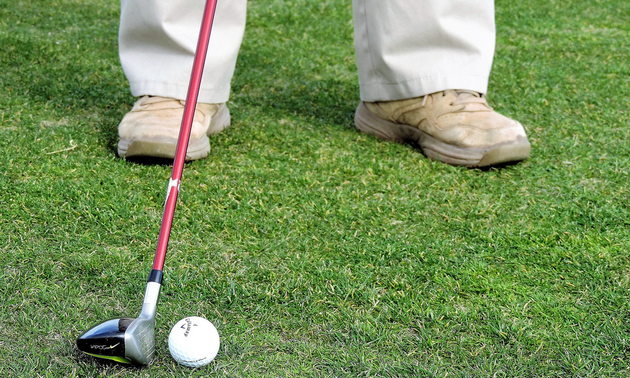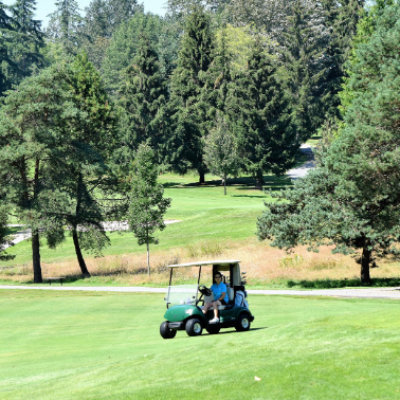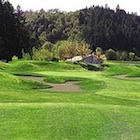Tips for playing desert golf
Snowbirds need to make some adjustments to their game while down south
by
Dennis Begin
—

As a Canadian snowbird, playing golf anywhere in the American Southwest is a pleasure, considering the winter playing conditions back home in British Columbia. Playing in the Sonoran Desert will require some adjustments in your technique, especially in the short game. The reason for the adjustments is because of the thin grass, hard fairways and fast greens, all affecting how far the ball will carry.
Desert golf requires different techniques, especially with chipping and putting. While only 14 clubs are allowed in your bag, there are no rules on how to use those 14 clubs.
The following techniques work well for desert golf, but they can also be used on many Okanagan courses during the dry summer months.
-
Bump and run. Instead of flying the ball to the flag, hit (bump) the ball with a low trajectory using a No. 8 or 9 iron and let the ball run to the hole. Move the ball back in your stance and press the hands forward. It will take practice to know where to land the ball and how far the ball will roll. Getting the ball to the flag becomes much easier with the bump and run technique.
-
Putting off the green. There are numerous pros on the PGA Tour who putt the ball well off the green, instead of chipping with a 52-degree wedge or sand wedge. Why not? If the fairway is hard and dry, putting is a low-risk shot, especially when combined with long lag putts. When putting off the green, concentrate first on getting over the fringe, followed by line and speed. If the ball is on the first or second cut, my preference is a No. 4 Nike hybrid with 23-degrees loft. The club loft gets the ball over the fringe and onto the green as quickly as possible. Use a wide open stance, then choke up and use a putting stroke to keep the ball low to the ground.
-
Putting with a fairway metal. In the 2017 Dell Technologies PGA Championship in Boston, Sergio Garcia damaged his putter on the fourth hole and was forced to use his driver, a No. 3 fairway metal and No. 3 iron to putt, shooting 75 in the third round. More and more pros use this unique technique, because the driver has a nine-degree loft and a putter has a standard four-degree loft, making the two clubs very similar. Use an open stance, then choke up and use a putting stroke. Because a driver has a curved face, it is necessary to hit the ball on the sweet spot to keep it straight.
-
Putting in a sand trap. In the early history of golf, all greens were made of sand. Grass came later. In putting out of a sand trap, three conditions are necessary: A. The sand is thin and hard. B. The ball is not embedded in the sand. C. There is no lip on the sand trap. Move the hands ahead of the ball to create loft and use a strong putting stroke.
-
Green and brown fairways. Because desert golf courses have less water for irrigation, the fairways are only green down the middle of the fairway. If hitting off the brown grass, which is difficult, use an long iron or a hybrid and leave the No. 5 and No. 3 fairway metals in the bag.
- Desert golf and wind. Desert golf usually involves wind. There are numerous methods on how to play into the wind, but most touring pros agree on basic fundamentals. They include: moving the ball back in your stance, using a longer club, keeping the hands in front of the ball, adjusting your weight to the left side and shortening the backswing. Tiger Woods tees the ball low and uses a stinger or punch shot. A punch shot has a low trajectory with an abbreviated follow-through to keep the ball low and running down the fairway. If hitting into a cross wind, hit either a fade or a draw to keep the ball straight. The other choice is to use the wind to your advantage and move the ball with the wind. It is estimated that a 16 km/h (10 m.p.h.) wind speed moves the ball 12 yards, so do the math. With the short game and a downwind, use one club less and ride the wind to the front part of the green.
Desert golf is a great experience after a steady diet of British Columbia courses. Golf is golf, but it requires technical adjustments and practice to be successful in the desert.








